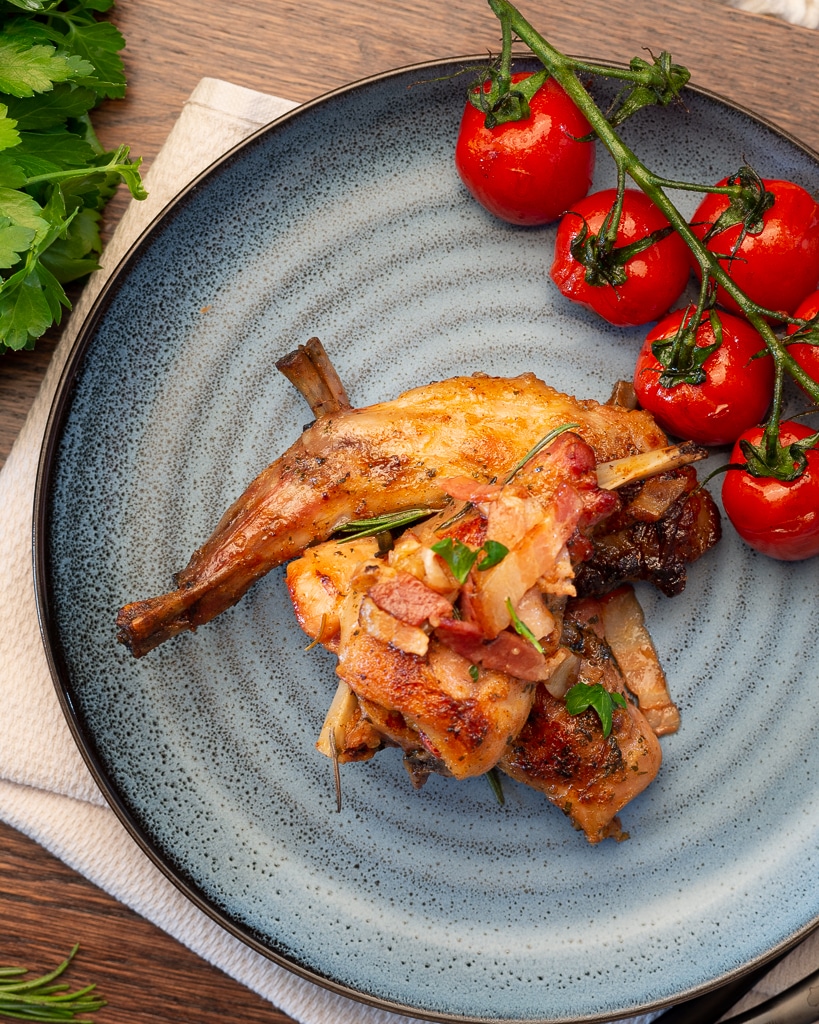The Delicious World of Rabbit Meat
Rabbit meat has gained popularity in recent years as a healthy and sustainable alternative to traditional meats. With its tender texture and mild flavor, rabbit meat offers a unique culinary experience. In this article, we will explore the various aspects of rabbit meat, including its nutritional benefits, cooking methods, and cultural significance.
I. Nutritional Benefits of Rabbit Meat
Rabbit meat is not only delicious but also packed with essential nutrients. Here are some key nutritional benefits of consuming rabbit meat:
1. High Protein Content: Rabbit meat is a great source of high-quality protein, which plays a crucial role in muscle development, tissue repair, and overall growth.

Rabbit Meat
2. Low in Fat: Compared to other meats, rabbit meat is relatively low in fat, making it an ideal choice for individuals looking to maintain a healthy weight or reduce their fat intake.
3. Rich in Vitamins and Minerals: Rabbit meat is a good source of various vitamins and minerals, including vitamin B12, iron, zinc, and phosphorus, which are essential for maintaining optimal health.
II. Cooking Methods and Recipes
Rabbit meat can be prepared using a variety of cooking methods, each offering a unique flavor profile. Here are some popular cooking methods and delicious recipes:
1. Roasting: Roasting rabbit meat enhances its natural flavors and creates a crispy exterior. A classic recipe involves marinating the meat with herbs and spices before roasting it to perfection.

Roasting Rabbit Meat
2. Grilling: Grilled rabbit meat is tender and juicy, with a smoky flavor. It can be marinated or basted with a flavorful sauce to add an extra dimension to the taste.
3. Stewing: Stewing is a popular method for cooking rabbit meat in flavorful liquids such as broth or wine. This slow-cooking technique results in tender meat that easily absorbs the surrounding flavors.
III. Cultural Significance
Rabbit meat holds cultural significance in various cuisines around the world. Here are a few examples:
1. French Cuisine: In French cuisine, rabbit meat is highly regarded and commonly used in traditional dishes such as Lapin à la moutarde (rabbit with mustard) and Confit de lapin (rabbit confit).
2. Italian Cuisine: In Italy, rabbit meat is often incorporated into hearty stews and pasta dishes. One famous dish is Coniglio alla Cacciatora (rabbit hunter-style), where the meat is braised with herbs, vegetables, and wine.
3. Chinese Cuisine: Rabbit meat has a long history in Chinese cuisine, particularly in Sichuan and Hunan provinces. Spicy rabbit dishes, such as La zi ji (spicy diced rabbit), showcase the bold flavors of the region.

Chinese Cuisine
IV. Sourcing and Sustainability
Rabbit meat can be sourced from specialized farms or local suppliers. When choosing rabbit meat, it's essential to prioritize sustainable and ethical practices. Look for suppliers that prioritize the welfare of the animals and promote environmentally friendly farming methods.
V. Conclusion:
Rabbit meat offers a delectable dining experience while providing numerous health benefits. With its high protein content, low fat levels, and rich nutrient profile, rabbit meat is a valuable addition to any diet. Whether you choose to roast, grill, or stew, exploring the culinary world of rabbit meat is sure to delight your taste buds.
Embrace this sustainable and flavorful meat option and elevate your gastronomic adventures.